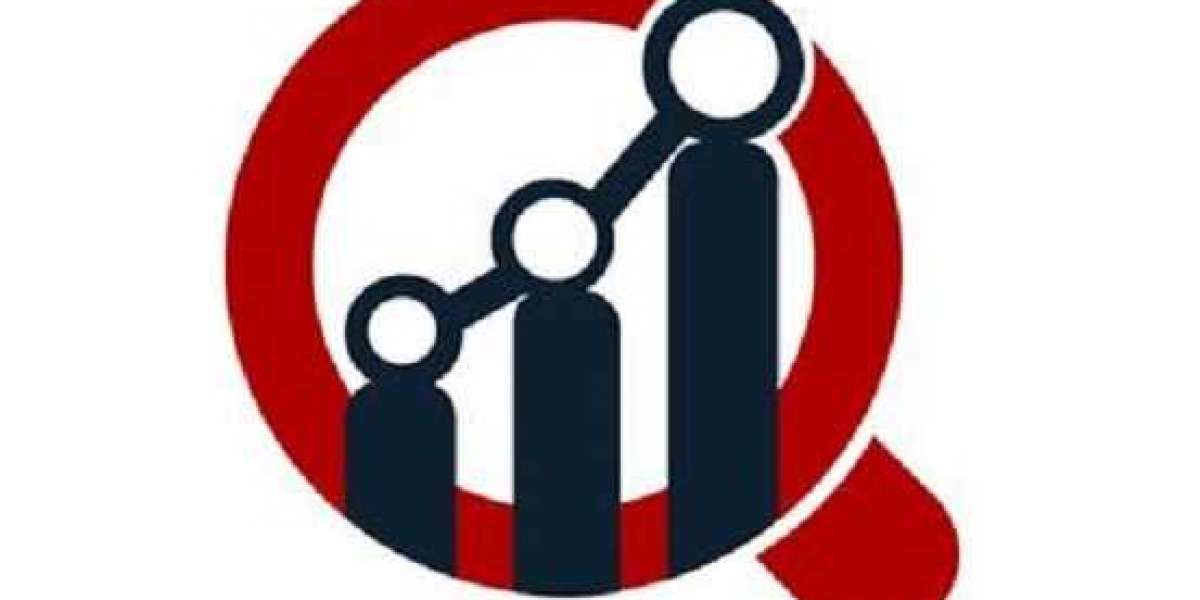How Pressure Mapping Systems Are Revolutionizing Bedsores and Pressure Ulcer Prevention in Healthcare
Pressure ulcers, also known as bedsores, are a significant healthcare concern, especially for patients with limited mobility. These painful and potentially life-threatening wounds can develop when prolonged pressure is applied to the skin, particularly over bony areas such as the heels, hips, and tailbone. For healthcare providers, preventing and managing pressure ulcers is a top priority, as they can lead to extended hospital stays, infections, and increased healthcare costs.
Enter pressure mapping systems—an innovative technology that is revolutionizing the prevention and management of bedsores and pressure ulcers. By using advanced sensors to monitor and analyze pressure distribution on the skin’s surface, these systems provide healthcare professionals with the insights they need to prevent the development of pressure ulcers and improve patient care. In this blog, we will explore how pressure mapping systems are transforming the prevention of bedsores and the role they play in enhancing patient outcomes.
What Are Pressure Mapping Systems?
Pressure mapping systems are specialized devices that use sensors to detect the pressure applied to various points of the body. These systems are often used in conjunction with mattresses, cushions, and other supportive surfaces to monitor pressure distribution. Pressure mapping technology captures real-time data, allowing healthcare providers to identify areas where high pressure is being exerted on the skin. This data can help caregivers make informed decisions about repositioning patients, adjusting supportive surfaces, or providing other interventions to prevent the development of pressure ulcers.
Pressure mapping systems typically consist of a flexible sensor array embedded in a mattress or seating cushion. The sensors measure the pressure at various points on the surface of the body and transmit this information to a computer or mobile device. The results are displayed in real-time, usually in the form of a color-coded map, which highlights areas of high pressure and provides actionable insights for patient care.
The Role of Pressure Mapping in Preventing Bedsores
Bedsores, or pressure ulcers, occur when pressure on the skin exceeds the capillary pressure, reducing blood flow to the affected area. Without adequate blood flow, the skin and underlying tissues become deprived of oxygen and nutrients, leading to tissue damage and the eventual formation of a pressure ulcer.
Pressure mapping systems play a crucial role in preventing the development of bedsores by identifying areas of the body that are at risk for pressure-related damage. In healthcare settings, patients who are bedridden or have limited mobility are particularly vulnerable to developing pressure ulcers. Prolonged periods of immobility can lead to constant pressure on certain body parts, such as the back, buttocks, and heels. Pressure mapping technology helps healthcare providers detect and address these high-pressure areas before they cause any harm.
By using pressure mapping systems, caregivers can regularly monitor patients’ pressure distribution and identify areas where pressure is building up. This allows them to take proactive measures, such as repositioning the patient or adjusting their bed or chair to relieve the pressure. Early detection of high-pressure areas can significantly reduce the risk of developing pressure ulcers, which in turn improves patient outcomes and decreases the need for costly treatments.
Improving Repositioning Protocols with Pressure Mapping
One of the most effective strategies for preventing bedsores is regular repositioning. For patients who are immobile or have limited mobility, repositioning them at regular intervals (usually every two hours) helps redistribute pressure and prevents pressure buildup in vulnerable areas. However, determining the optimal time for repositioning and the best positioning angles can be challenging without objective data.
Pressure mapping systems provide healthcare professionals with the information they need to make repositioning protocols more effective. By using real-time pressure data, caregivers can identify when a patient’s body is subjected to excessive pressure and when they need to be repositioned. Pressure mapping systems can also help determine the most effective positioning angles for each patient based on their individual needs, leading to more personalized and precise care.
In addition, pressure mapping technology allows caregivers to assess whether repositioning has effectively relieved pressure or whether further adjustments are necessary. This dynamic, data-driven approach ensures that repositioning protocols are tailored to each patient’s condition and that the risk of bedsores is minimized.
Enhancing Wound Healing with Pressure Mapping
For patients who have already developed pressure ulcers, pressure mapping systems can also play a vital role in managing and healing the wounds. By monitoring the pressure exerted on the affected areas, healthcare providers can make informed decisions about how to offload pressure and promote healing.
For example, pressure mapping can help clinicians identify the most effective positioning for patients with existing ulcers, ensuring that pressure is relieved from the wound site to promote healing. Additionally, pressure mapping data can be used to evaluate the effectiveness of specialized therapeutic surfaces, such as pressure-relieving mattresses and cushions, in preventing further damage and promoting recovery.
Pressure mapping systems also help track progress in wound healing by providing objective data on pressure changes over time. By comparing pre- and post-intervention pressure maps, healthcare providers can assess the effectiveness of treatment strategies and adjust care plans accordingly. This data-driven approach ensures that patients receive the most effective interventions for wound healing and pressure ulcer management.
The Benefits of Pressure Mapping Systems in Healthcare
The integration of pressure mapping systems into healthcare practices offers several key benefits:
Early Detection and Prevention: Pressure mapping systems allow healthcare providers to detect high-pressure areas early, preventing the development of pressure ulcers and reducing the need for costly treatments.
Data-Driven Decision Making: By providing real-time pressure data, these systems enable more accurate and evidence-based decision-making when it comes to patient care and repositioning protocols.
Personalized Care Plans: Pressure mapping systems help create individualized care plans based on each patient’s specific needs, improving the overall quality of care.
Cost Savings: Preventing pressure ulcers can significantly reduce healthcare costs associated with wound care, hospital readmissions, and extended stays. The use of pressure mapping systems can ultimately save both time and money for healthcare providers.
Improved Patient Comfort: By reducing the risk of pressure ulcers and promoting healing, pressure mapping systems enhance patient comfort and improve overall quality of life.
The Future of Pressure Mapping Systems in Healthcare
As technology continues to evolve, pressure mapping systems are expected to become even more advanced and integrated into everyday healthcare practices. With innovations in sensor technology, data analytics, and artificial intelligence, pressure mapping systems will become more accurate, affordable, and accessible. In the near future, pressure mapping systems may also be integrated with other healthcare technologies, such as electronic health records (EHR) and wearable devices, for more comprehensive patient monitoring and care coordination.
Moreover, pressure mapping systems will likely become standard tools in the prevention of pressure ulcers across a variety of healthcare settings, from hospitals and nursing homes to home healthcare environments. As awareness of the importance of pressure ulcer prevention grows, the use of pressure mapping systems will continue to play a critical role in improving patient outcomes and reducing the burden of pressure ulcers on the healthcare system.
Conclusion
Pressure mapping systems are a game-changer in the prevention and management of bedsores and pressure ulcers. By providing real-time, data-driven insights into pressure distribution, these systems enable healthcare providers to take proactive measures to prevent tissue damage, promote wound healing, and improve patient comfort. As the healthcare industry continues to embrace technology and innovation, pressure mapping systems will remain a vital tool in enhancing patient care and reducing the incidence of pressure ulcers, ultimately improving the quality of life for countless patients.






